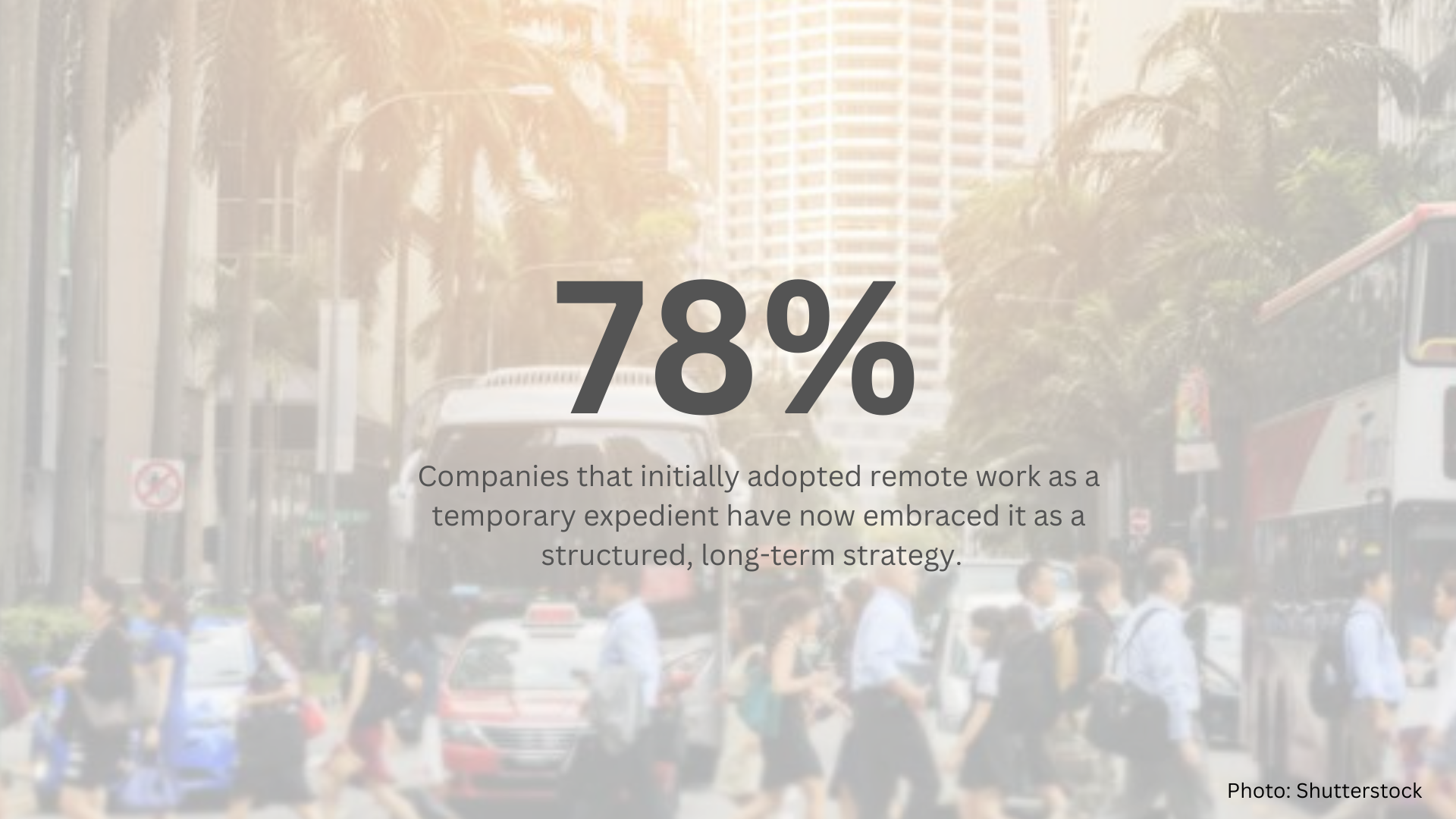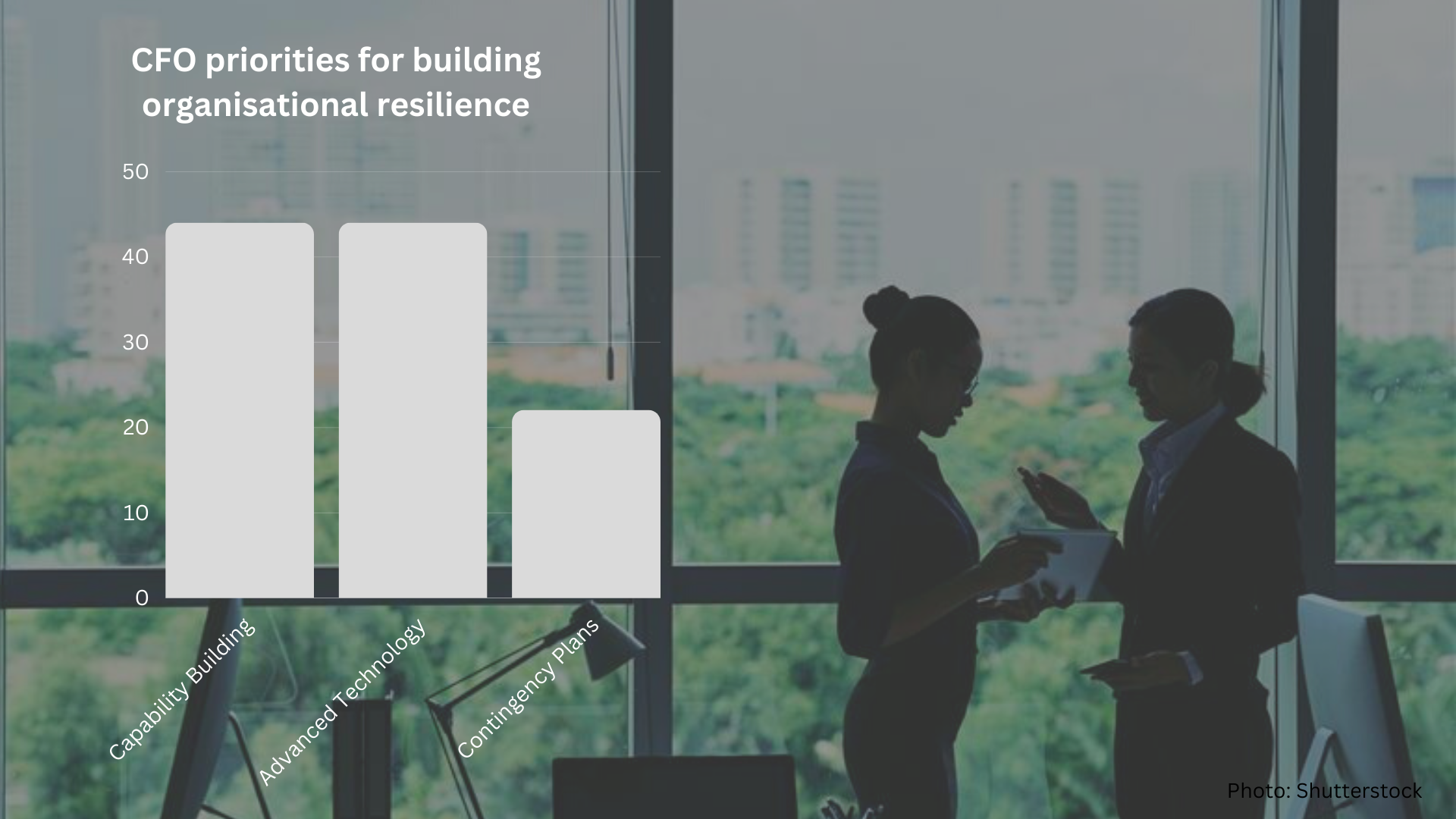In the wake of a global pandemic and shifting dynamics between employees and their work environments, the workplace strategy landscape has quietly undergone a remarkable transformation. It has evolved from a value-add service of interior design to an indispensable requirement in corporate real estate.
A growing understanding of the workplace’s impact on well-being and productivity has fueled this paradigm shift, reshaping the mandate of workplace strategists. They now operate beyond mere aesthetic considerations, engaging with the domains of workflow innovation, brand influence, capital expenditure management, and the cultivation of avenues for business growth.
Let’s delve deeper into how workplace strategy has become a critical component of modern business.
The Workplace’s Newfound Significance
The COVID-19 pandemic forced organisations worldwide to re-evaluate their approach to workspaces. Remote work, once considered a perk, became the norm, and companies were faced with the challenges of providing safe, productive, and engaging environments for their employees.
This shift in perspective prompted a recognition of the pivotal role played by workplaces in shaping the relationship between employees and employers and meaningfully supporting the work.
Recent research findings from the Occupier Strategy and Solutions team at Knight Frank Singapore indicate a substantial shift in perspective since the pandemic. Data revealed that 78% of companies that initially adopted remote work as a temporary expedient have now embraced it as a structured, long-term strategy. This transformation transcends mere reactionary measures in response to the pandemic; it embodies a strategic approach aimed at optimising both productivity and employee well-being. Workplaces have consequently evolved beyond their former status as mere cost centres. Rather, they are now seen as integral contributors to business success.

Navigating Real Estate’s New Realities
Concurrently, the real estate sector has grappled with a distinct set of challenges, including the confluence of rising interest rates, inflation, and climate change concerns — all of which have led to tight supply in many regions.
Layoffs and the subsequent corporate decisions to relinquish office spaces to landlords have somewhat alleviated these pressures. However, the complex nature of such decisions renders it challenging to comprehensively assess their impact on the broader supply-demand equilibrium in the office market. These uncertainties accentuate the need to diversify building functions, enhance occupancy planning and redirect traffic to desired destinations effectively.
The Multifaceted Role of Workplace Strategists
In response to these transformative dynamics, workplace strategists have adopted a multifaceted role, blurring the boundaries between innovative design and astute financial management. Their purview has been expanded to include resource optimization and enabling opportunities for future development.
In an environment where office layouts trump holistic work-journey experiences, workplace strategists play a pivotal role in not merely identifying opportunities but actively participating in cross-disciplinary discourse to spur momentum.
This could yield creative solutions in embracing sustainability and digital drive, operating efficiently, sparking new communal interactions and helping organisations strike a balance between remote and on-site operations.
This shift mirrors the contemporary economic climate, where organisations maintain a watchful eye on their spending. In a recent study by McKinsey, Chief Financial Officers view capability building and leveraging advanced technologies as the most effective ways to build their organisational resilience, eclipsing the significance of contingency plans.
McKinsey data showcases the evolution and maturity of financial strategies after the pandemic. Workplace strategists are well-positioned to embrace this new aspect of organisational resilience into the makeup of their work environment.

The Essentiality of Cross-Functional Collaboration
One of the most noteworthy developments in the workplace strategy domain is the increasing emphasis on collaboration with a multitude of service providers. Workplace strategists no longer operate in silo; instead, see themselves as integral components of a network of professionals.
This network encompasses a slew of professionals: leasing agents, developers, workplace designers, change management experts, project managers, human resource and technology consultants, and more. Be it a small local SME or a global organisation with an extensive real estate portfolio, companies are cognizant of the importance of adopting a cross-functional approach when creating effective workplaces. This collaborative paradigm fosters a comprehensive strategy for workplace enhancement, with workplace strategists uniquely positioned to glean insights from the intersection of diverse disciplines.

Shaping the Future of Work
The transformation of workplace strategy from a design-centric entity into a multifaceted, collaborative, and responsibly driven discipline mirrors the evolving nature of work and business.
Workplace strategists are now poised to wield substantial influence in shaping the future of work. Their expertise extends beyond aesthetics, encompassing the strategic alignment of physical spaces with organisational objectives and the well-being of employees.
As the challenges of the contemporary paradigm persist, workplace strategists must perpetually evolve, so as to acquire new competencies and push boundaries to advance the common good of organisations and the real estate sector.
This is a journey marked by transformation, collaboration, and adaptive prowess in the ever- evolving landscape of modern business.


